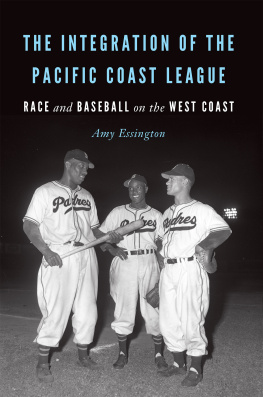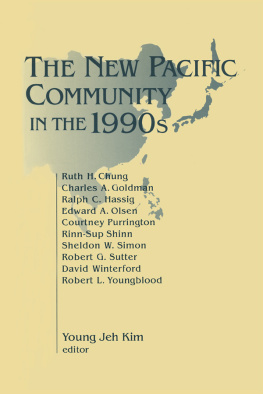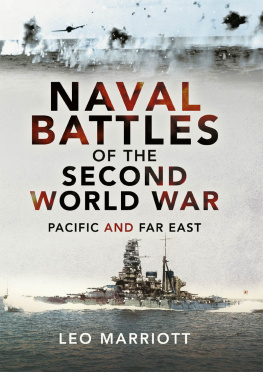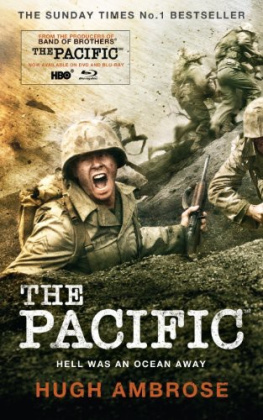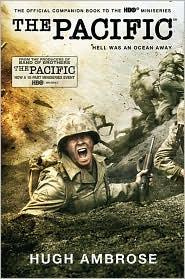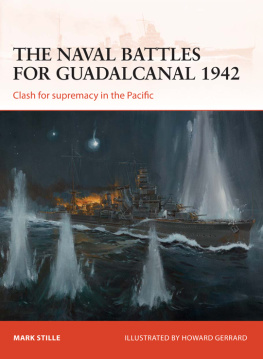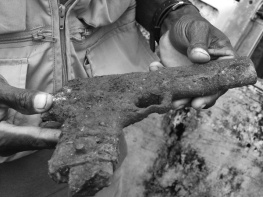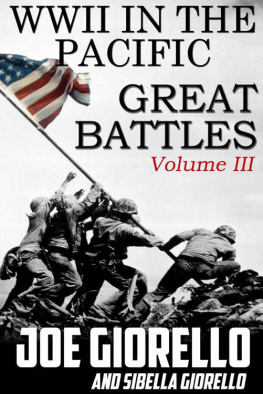the
PACIFIC WAR
THE STRATEGY,
POLITICS, AND
PLAYERS THAT
WON THE WAR
William B. Hopkins

I dedicate this book to my wife of more than sixty years, Virginia G. Hopkins.
First published in 2008 by Zenith Press, an imprint of MBI Publishing Company, 400 First Avenue North, Suite 300, Minneapolis, MN 55401 USA
Copyright 2008, 2010 by William B. Hopkins
Hardcover edition published 2008. Softcover edition 2010
All rights reserved. With the exception of quoting brief passages for the purposes of review, no part of this publication may be reproduced without prior written permission from the Publisher. The information in this book is true and complete to the best of our knowledge.
Zenith Press titles are also available at discounts in bulk quantity for industrial or sales-promotional use. For details write to Special Sales Manager at MBI Publishing Company, 400 First Avenue North, Suite 300, Minneapolis, MN 55401 USA.
To find out more about our books, visit us online at www.zenithpress.com.
ISBN-13: 978-0-7603-3975-6
Digital edition: 978-1-61673-240-0
Hardcover edition: 978-0-7603-3435-5
Library of Congress Cataloging-in-Publication Data
Hopkins, William B., 1922
The Pacific War : the strategy, politics, and players that won the war / William B. Hopkins.
p. cm.
Includes bibliographical references.
ISBN 978-0-7603-3435-5 (hb w/ jkt)
1. World War, 1939-1945--Pacific Area. 2. United States--Military policy--20th century. 3. Strategy. 4. United States--Politics and government--1933-1945. I. Title.
D767.H592 2008
940.5426--dc22
2008038157
Design Manager: Brenda C. Canales
Cover designed by: Andrew Brozyna, AJB Design, Inc.
Maps by: Paul Stump, Postscript Art Studios
About the Author:
William B. Hopkins, a native of Rocky Mount, Virginia, graduated from Washington & Lee University and then served with the 3rd Marine Division in the South Pacific in World War II. He graduated from the University of Virginia Law School in the fall of 1947 and began practicing law in Roanoke, Virginia. In 1951 he was called to active duty in the Korean War, where he was wounded later that year and sent back to the United States for hospitalization. After being honorably discharged as a major in the Marine Corps Reserve, he returned to practicing law in Roanoke. He served for twenty years in the Virginia State Senate, four as majority leader. He is married to Virginia G. Hopkins and has five childrentwo sons and three daughters. Hopkins critically acclaimed first book, One Bugle, No Drums: The Marines at Chosin Reservoir, related his Korean War service.
On the cover:Top: B-29s based in the Mariana Islands. USAAF photo
Bottom: The USS Idaho fires on Okinawa prior to the landing of the Tenth Army.
U.S. Navy photo
On the back cover: General Douglas MacArthur, President Franklin Roosevelt, and Admiral Chester W. Nimitz aboard the heavy cruiser USS Baltimore in Pearl Harbor on 26 July 1944.
U.S. Navy photo
Printed in the United States of America
Contents
Acknowledgments
I wish to thank Amy ONeil for her assistance in the preparation of my first rough draft. Special thanks are due to Lucy Glenn, Research Librarian at the Roanoke Library, who acquired many of the books listed in the bibliography and the newspaper articles quoted herein. Thanks are due to my three daughters, Dabney Hopkins, Sarah Hopkins Finley, and Marshall Hopkins Martin, who travelled with me to acquire pictures and information from the U.S. Naval Institute at Annapolis, Maryland; the U.S. Archives at College Park, Maryland; the Franklin Delano Roosevelt Library at Hyde Park, New York; and Duke University Library at Durham, North Carolina. Thanks also to Don Wallace and Paul Stump for the maps contained throughout the book. Above all, I wish to thank Anita Firebaugh who had the patience to make the many revisions of the original manuscript and to provide the proper footnotes.
Introduction
My View: Then and Now
H AVING SERVED AS A JUNIOR OFFICER with the 3rd Marine Division in the South Pacific during World War II, I have always had a deep-felt interest in the Pacific War. As a participant and avid reader of the daily happenings, I, along with the American public, formed one view of events. The reader of this book will be presented with facts unknown to the American public while war was being waged, how battles were won or lost, andabove allwhy they were fought. My view changed considerably during the past decade as I discovered a factual picture of the war against Japan. This book attempts to portray both views.
I was surprised to find that two U.S. Marine Corps officers, Lt. Gen. John A. Lejeune and Lt. Col. Earl H. Ellis, made significant contributions to the winning strategy, though neither served during World War II. In the early 1990s, I had the pleasure of reading and making copies of the minutes of the Joint Chiefs of Staff (American) and the Combined Chiefs of Staff (British and American) meetings as they pertained to the war in the Pacific. Fortunately, they were all then declassified and available at the George C. Marshall Museum on the grounds of Virginia Military Institute in Lexington, Virginia, just fifty miles from my home in Roanoke. Anyone expecting to get a clear picture of the Pacific War by reading these minutes will be greatly disappointed. However, they did create a desire to delve much deeper.
From the very start, the British handed over to the Americans the responsibility for the war against Japan in the Pacific theater. Did those at the top argue and disagree over the moves our military should make? Yes, they did, but somehow they arrived at a consensus, putting discord aside. For many years prior to the wars beginning, the U.S. military had developed the strategy of encirclement of the Japanese home islands by the U.S. Fleet. This strategy was called Plan Orange and was the most expeditious method to defeat Japan.
The success of the Nazi war machine prior to the U.S. entry into World War II, coupled with the threat of the Japanese attack from the west, persuaded American military planners to adopt a series of five plans labeled Rainbow. Rainbow Five was the plan adopted for World War II. It called for the defeat of Germany, beginning with a holding action in the Pacific before implementing Plan Orange, which was the method designed for the defeat of Japan. Regardless of prewar strategy, successive Japanese victories during the first five months of the war compelled the United States to adopt a defensive role in the Pacific.
As the war progressed, opinions changed among the U.S. Joint Chiefs, usually for the best. Before the end, most of the prewar strategy had again been adopted. It is interesting to note that at wars end most of Germanys fleet lay at the bottom of the Atlantic Ocean, while her armies were thoroughly defeated in North Africa, Sicily, Italy, and the European continent. In contrast, Japan lost what it now calls the Pacific War, but the great mass of its army was still intact and lay undefeated in China, southeastern Asia, the Netherlands East Indies, and the bypassed islands of the Pacific. Yet, with the loss of its navy, its merchant fleet, and its manufacturing facilities, Japan was a thoroughly defeated nation, the same as Germany.
President Franklin D. Roosevelt; Secretary of War Henry Stimson; Secretaries of the Navy Frank Knox and James Forrestal; and the Joint Chiefs of Staff, namely Adm. William D. Leahy (special aide to the president), Gen. George C. Marshall, Adm. Ernest J. King, and air force Gen. H. H. Hap Arnold all played vital roles. Marshall seemed to have a superior global view over the other members of the American Joint Chiefs. Yet, from a strategic standpoint, King stood out as the architect of victory in the Pacific. Heabove all otherskept the United States on the right track for Japans defeat at the least cost in men and materials. But credit for implementation of the winning strategy goes primarily to Adm. Chester W. Nimitz.


